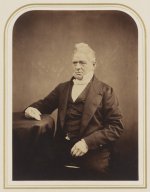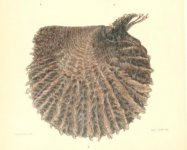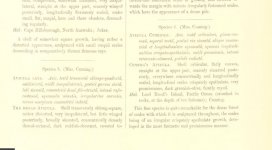Cumingi
Member
- Joined
- Nov 18, 2010
- Messages
- 21

It is in honor of the naturalist and great English explorer Hugh Cuming (1791-1865) that Polynesia's black-lip pearl oyster, Pinctada Margaritifera variety Cumingii, has received its name. The so-called "Prince of Collectors" traveled Polynesia in the years 1827-1828 during an eight-month flora and fauna collection aboard the Discoverer, a boat he built in Chile where he was then installed for his business. Hugh Cuming arrived on the South Marutea atoll (described in his logbook as "Lord Hood's Island") in December 1827. Having identified a site particularly rich in pearl shell (which he describes as "Meleagrina"), he decided to recruit divers on Anaa Atoll. He returned to South Marutea in January 1828 and collected in three months 40 tons of nacres from which he could extract 27 000 pearls. But their inferior quality discouraged him from continuing the adventure.
He returned to England a few years later after amassing thousands of specimens during his various expeditions. After his death, most were acquired by the London Museum and his name was attached to many species.
Worth noticing, South Marutea was bought by Robert Wan aka "the Emperor of Pearls" in 1984 from Tahitian pearls pioneer -late Jean-Claude Brouillet (1925-2016). The private atoll still produces today some of the most beautiful and largest Tahitian pearls you will ever see.
Photo ©National Portrait Gallery


